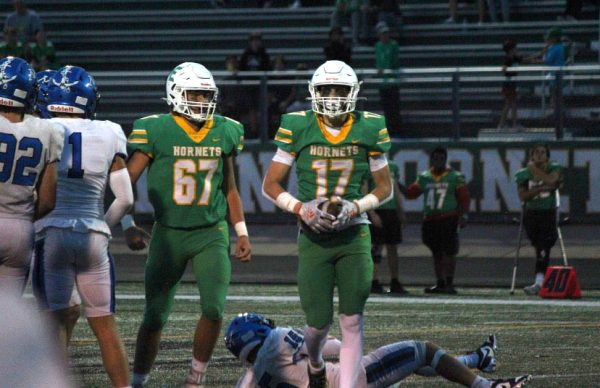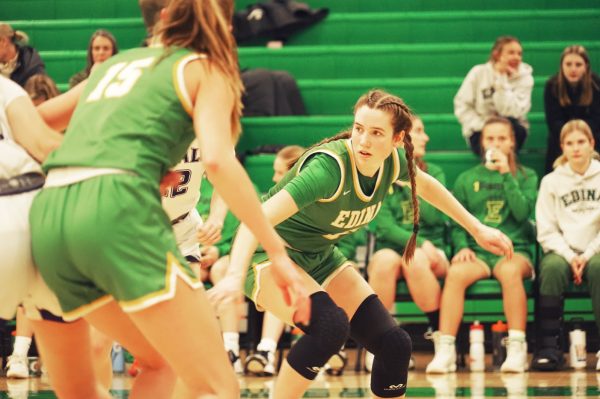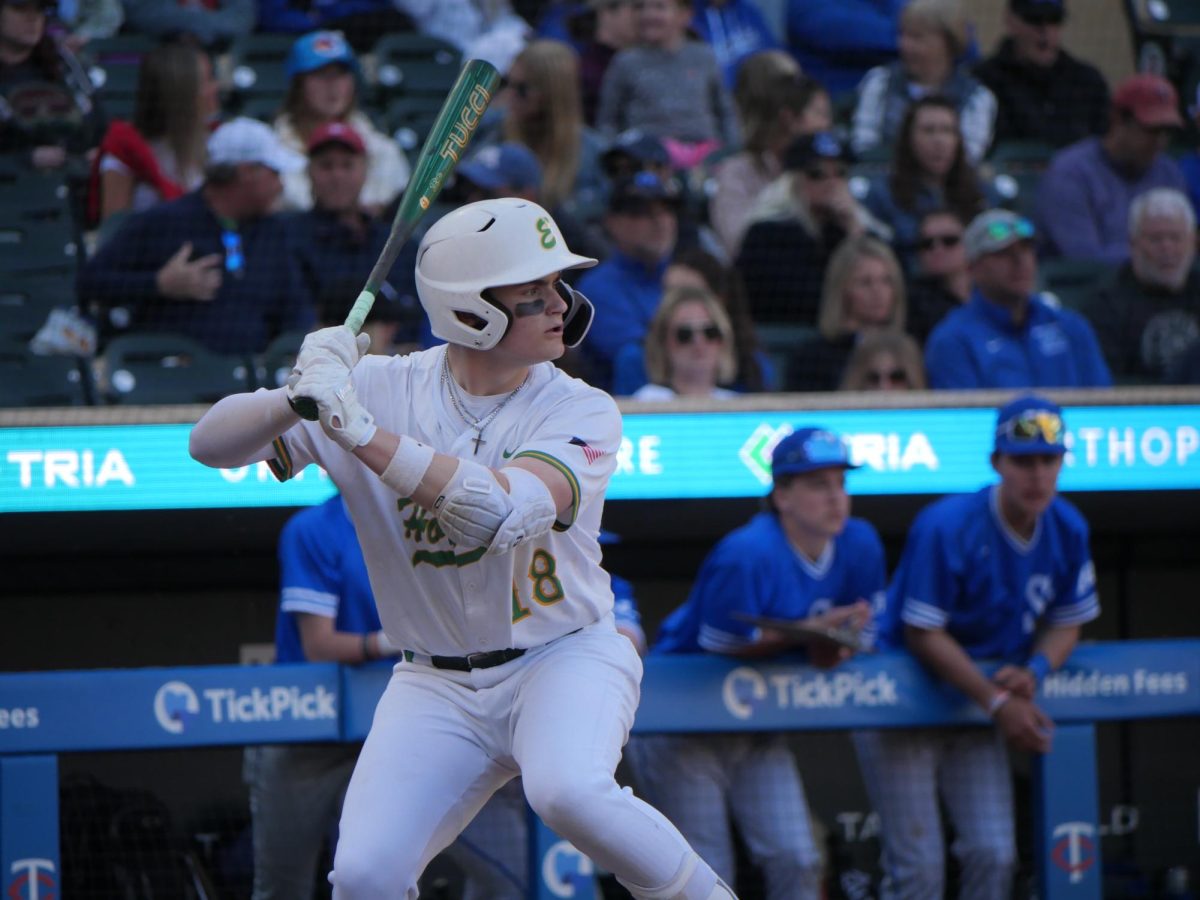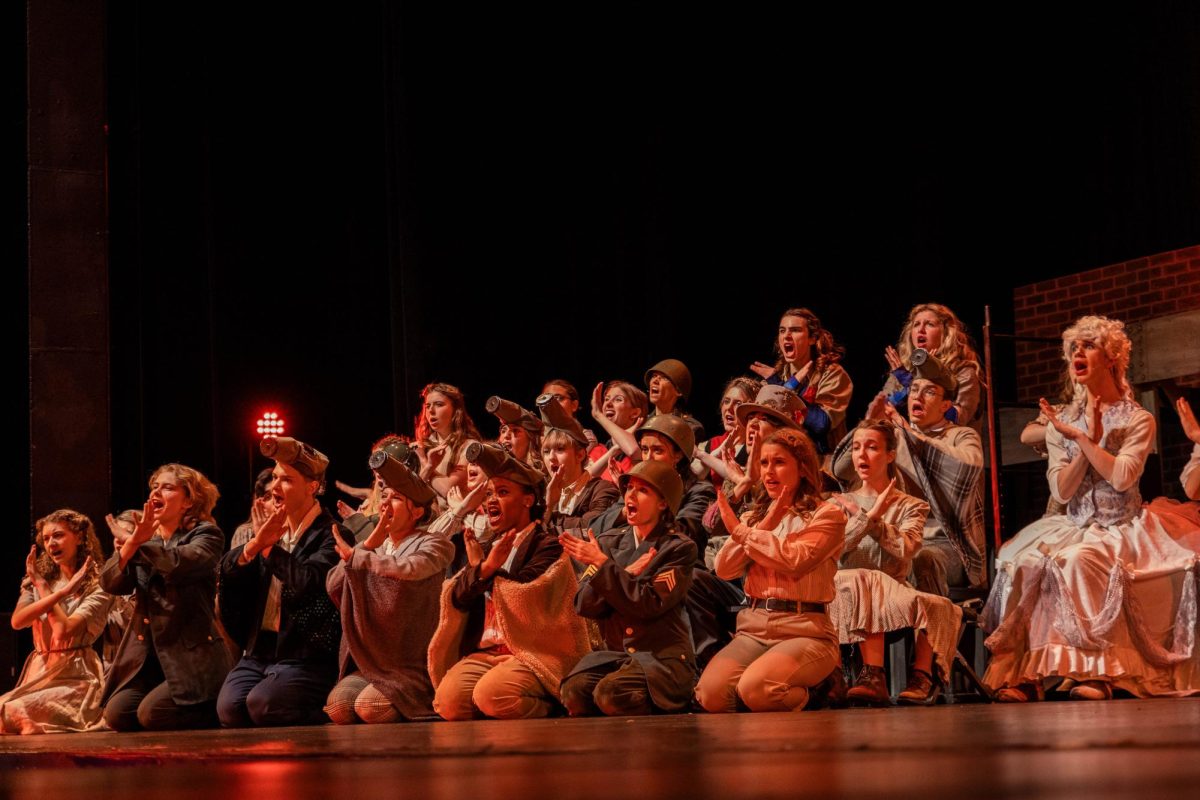Each year, a handful of seniors choose to enter college as athletic recruits after preparing their entire lives. With that comes a variety of hard decisions for these students to make.
High school athletes can look into college sports and begin contacting coaches at any point. However, by N.C.A.A. guidelines, coaches can’t reach back until June 15 of their sophomore year in order to prevent the recruitment of younger athletes.

Varsity football player and junior Meyer Swinney began reaching out to schools as he entered ninth grade. “I built a network and put my name out there early,” he said. This isn’t the norm for most players looking into college athletics, but Swinney has received multiple Division I offers.
After his older brother’s path to recruitment, Swinney’s parents became familiar with the process and were able to assist him. “A lot of players don’t know what to do and don’t have this kind of guidance. They get stuck and procrastinate and never really put themselves out there,” Swinney said.
Head Varsity Football Coach Jason Potts reflects this sentiment. “Players don’t necessarily know what they want. They just want to be recruited so they might be pursuing a school that’s far away, doesn’t offer the major that they want, or they really just haven’t decided what is important to them,” he said. After coaching for 16 years at both Augsburg University and Edina High School, Potts has guided all types of players through recruitment.

“Societal, cultural, and family pressures can all come together and influence a player’s performance. They get caught up in the need to make the big play or get great film so they can be recruited at their highest level,” Potts said. “It’s important to focus on what you can control. This includes how players act on the field, in the classroom, and in the community.”
Social media plays a large role as an additional stressor for athletes. X is the most common platform for athletes to connect with coaches and share their status in the recruitment process. “Everybody posts on [X] about their offers, and it really affects your view [of] yourself as a player. Sometimes I wonder, ‘Why don’t I have offers? All my teammates have offers and we’re on the same team,’” varsity basketball player and senior Abby Richter said.
Richter, who has been playing basketball since kindergarten, has always set her sights on continuing her basketball career. “Of course, I’ve made my goal more realistic over the years. When I was in elementary school, I wanted to play for the WNBA. But playing in college is a reasonable goal, so I’m figuring that out,” she said.
Still, participating in college athletics isn’t the biggest priority for everyone. “Some athletes definitely want to do their sport in college, but I’m fine either way. I want to go to a school that’s good for my academics, that’s more important to me,” junior Molly Bennett said. Bennett plays varsity track and varsity tennis. She’s interested in continuing track after high school but has her reservations. “I’m nervous that track will be my whole life at college and I won’t have time to study or have a social life.”

Recent Hamilton College commit, senior Gus Breuer, chose to play Division III golf for similar reasons. “I still want to play golf every day, but I don’t want it to be stressful,” he said. Breuer won’t miss school playing Division III golf, allowing him to balance sports and school more easily. “It’s still college and there’s a big workload, but I’ll be able to be a part of a community with my golf team.”
The consensus between athletes, however, is that it can take a lifetime of preparation to begin considering college athletics. “The hardest part of recruitment was definitely getting good enough to even get an email back. It takes a very strong mind to get through the recruiting process,” Breuer said.
This piece was originally published in Zephyrus’ print edition on October 12, 2023.












